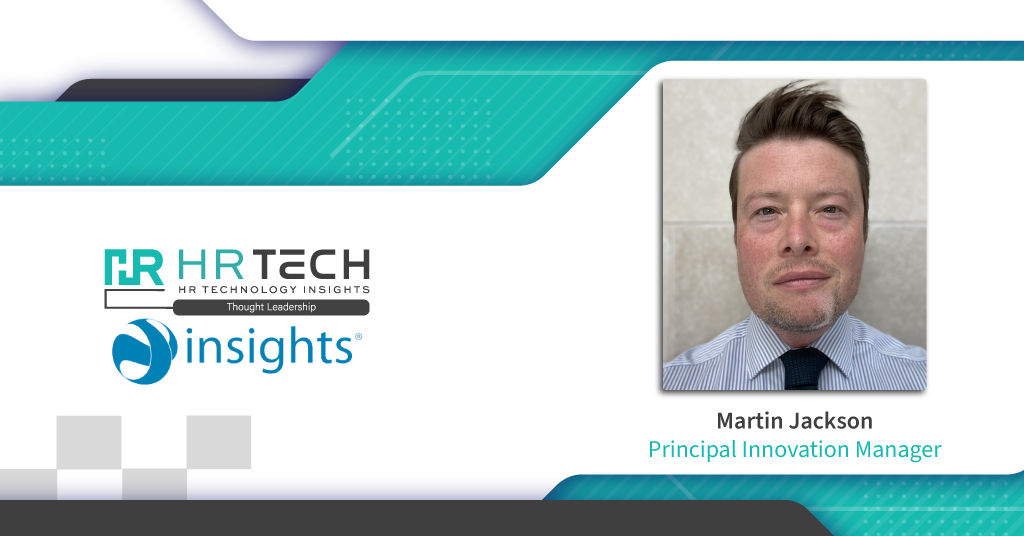
The headlines promised revolutionary transformation, with AI poised to streamline operations, eliminate bottlenecks and unlock unprecedented productivity. Companies rushed to deploy intelligent agents and replace entire departments with algorithms. Then reality hit.
Klarna cut 700 employees, celebrating AI's capabilities. The Commonwealth Bank of Australia followed a similar path, and both are now attempting to rehire those workers. In its current state, the experiment is faltering and revealing an uncomfortable truth: there is a fundamental misunderstanding about what actually drives workplace performance.
In less than two years, HR’s embrace of generative AI skyrocketed as Gartner found adoption jumping from just 19% in mid-2023 to 61% by early 2025. But while organisations are racing to implement these systems, they might be unaware that employee engagement is nosediving. In Britain, Gallup finds only 10% of workers feel engaged at work. And the prospect of working for AI is not immediately welcome, with Workday findings revealing that while 75% of UK employees are comfortable working alongside AI agents, only 27% would feel at ease being managed by one.This isn't just a technology problem; it's a people problem. We're building for speed but forgetting who we're building this technology for. But, carefully designed platforms using tools like APIs to call on insights and deliver context where people need it - in flow - can help bridge that gap and make technology work for humans instead of the other way around.
Employee hesitation toward AI doesn’t stem from the technology itself, but from how it’s introduced. When it feels like a replacement rather than a support, it can create distance instead of empowerment. The AI assistant might book meetings and draft impressive emails at pace, but something subtle can be lost: the informal chat that builds trust, the non-verbal cues that show understanding, the spontaneous “what if” moments that spark creativity.
These moments aren’t inefficiencies - they’re the fabric of collaboration. When they’re overlooked, teams risk losing connection and clarity, both essential to high performance and high impact.
We all know how to stay healthy: move your body more, eat well, and get proper sleep. It’s straightforward and it’s not glamorous, but it’s undeniable. Still, every few months there’s a new wellness craze claiming to change the rules and today, it feels like the workplace is facing the same challenge.
Real performance comes from grasping human behaviour, creating genuine connections and flexing to individual differences. These basics haven't shifted just because we've added AI to the mix. If anything, they matter more now.
Here's what gets missed in the AI debate: the power of knowing yourself and your colleagues. High-performing teams aren't built on systems. They're built on people who understand each other well enough to adjust their approach.
The catch? This kind of awareness takes effort and fades without reinforcement. Most organisations run a team workshop, generate valuable insights, then watch them gather dust as people struggle to keep them front of mind. By the time performance reviews roll around, the lessons have often long faded.
Forward-thinking leaders are flipping the script. Rather than using AI to create uniformity, they're using it to enable individualisation. Your communication tool might flag that one colleague values brevity whilst another needs context and exploration. A manager heading into a tough conversation might receive a prompt about what drives that specific team member.
This is where well-designed systems make a difference. Embedding personality intelligence through plugins and APIs into the platforms your company is already using delivers behavioural data at the right moment, weaving psychological insights into everyday tools. The goal isn't turning behaviours into metrics. It's offering relevant, actionable understanding that smooths collaboration and improves dialogue.
There's a trust element at play here. Employees are far more receptive to AI when it complements human relationships rather than mechanising them. Systems that anticipate needs, highlight context or support collaboration create a sense of understanding. AI that respects the nuances of human interaction earns trust; top-down AI implemented poorly by management risks alienation.
It’s a paradox. The more we hand decisions to algorithms, the more crucial it becomes to understand each other as people. The teams that win won't be the ones deploying AI fastest, but those using it to tailor experiences, deepen connections and work together in genuinely human ways.
AI can't manufacture empathy, but it can nudge us towards using ours. That's technology at its most valuable - not making us more mechanical, but helping us be more human.
The real answer to workplace transformation isn't pursuing every shiny innovation that promises to change everything. It’s the boring part: actually putting people first. Obvious, but increasingly rare. As workplaces deploy more and more AI, understanding yourself and others isn't optional anymore. It's something we can’t afford to lose.
To participate in our interviews, please write to our HRTech Media Room at info@intentamplify.com